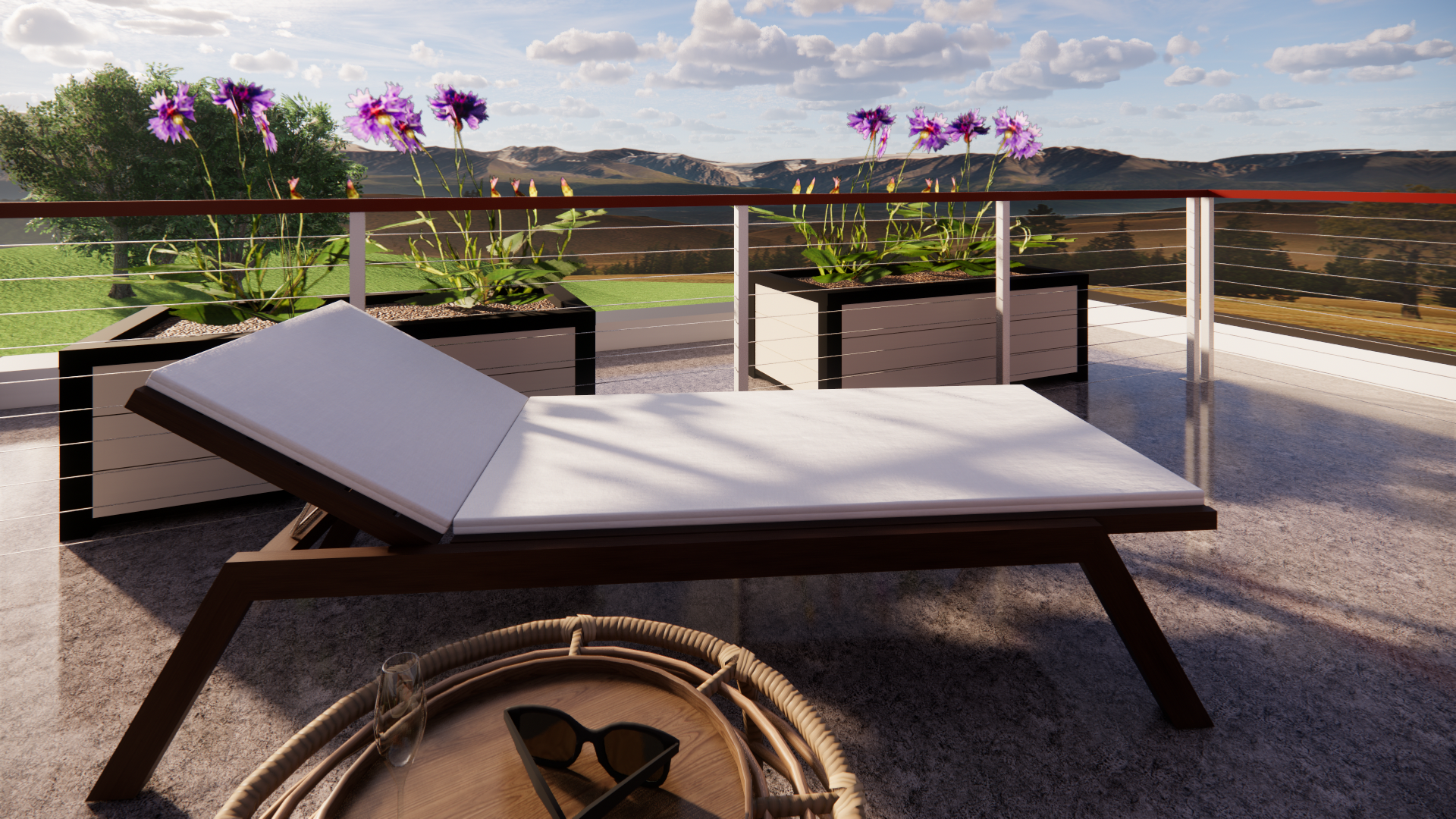Building product manufacturers can find BIM models to be somewhat of a confounding mystery. While building product manufacturers can recognize the demand for BIM by the design community, there are several ways BIM development can be confusing to pursue. There are multiple types of Revit files used in BIM modeling, and there are different considerations for these different types of files. Actually viewing some BIM models requires expensive software, as the currently available free viewers are only usable for BIM projects.
To help pull back the curtain on BIM, this article is geared toward building and landscape product manufacturers and will explore the different types of BIM files. This is Part 1 of a two-part blog article series. The second article will discuss how to review BIM projects.
We chatted with CADdetails’ Senior BIM Specialist Chris Saddler to learn about the different types of Revit Files. Saddler has worked with Revit and building product manufacturers for almost two decades.
Is Revit BIM?
Revit and BIM are not interchangeable terms. Building Information Modeling (BIM) is the process of creating a model that serves as a multi-dimensional database, while Revit is Autodesk software and is the main software application for BIM.
What are the Revit File Types and Extensions?
There are four types of files associated with Revit. There are Revit Families which have a .rfa file type extension, Revit Templates which have a .rte extension, Revit Projects, which have a .rvt extension, and Autodesk Data Exchange files with a .adsk extension.
RFA or Revit Family
Revit families are elements loaded into a project as a component. There are different types of families for different purposes with the main difference being how they are used in a project. Some families are fully standalone while others are dependent on other project elements. For example, a typical surface-mounted bike rack family can be freely placed as a freestanding element while a window family is dependent on a wall to be placed. Revit families are the most common file type used for the development of BIM models for building product manufacturers.
RTE or Revit Template
Revit templates can be used for several different tasks, and thus may be the most confusing Revit file type or extension. Revit templates can be used for creating systems, and this is relevant for some building product manufacturers. Product systems are relevant for building product manufacturers of roofs, walls, floors, railings, and curtain walls. Product systems require different modeling considerations because they contain multiple elements or layers of products. For example, an exterior wall consists of siding, a weather barrier, an air barrier, insulation, structural components such as studs or concrete blocks, and gypsum. Revit templates or RTE files can also be used as templates for new projects.
RVT or Revit Project
Revit projects are typically used for construction projects rather than construction products. In this sense, this is not a file type most building product manufacturers will encounter for their own products. However, since Revit caters to the design world, this is where the majority of Revit users train and operate. All active and completed projects are RVT files or Revit projects. Viewers also work with Revit projects. The RFA or RTE files developed for building product manufacturers need to be able to be loaded into Revit projects. CADdetails uses extensive testing platforms to ensure files are loaded into a Revit project function properly. CADdetails BIM development stands apart from many competitors with this extensive testing and verification of usability.
ADSK or Autodesk Data Exchange
This file type is one most building product manufacturers should be wary of. The .adsk file extension is used for different purposes across the Autodesk portfolio. Materials and data from engineering platforms such as Inventor can be saved as ADSK files. Some ADSK files are able to be imported into Revit, but this typically results in a heavy file that slows down a project file and provides limited use and no functionality. Some building product manufacturers report being sold ADSK files as “BIM Friendly”, but are disappointed when the resulting file does not end up being usable in a project. Such deception is possible since manufacturers typically are unable to view and deeply review their own models, even well-made models, without assistance from a designer or developer to view their RTE or RFA files in a Revit project.
If you are a building or landscape product manufacturer that would like to make sure you have BIM-ready Revit files available for your products or systems, contact CADdetails to learn about BIM development options for your company. We ensure you have the right type of files developed to the right level of detail so your products can be incorporated into designers’ BIM projects.

